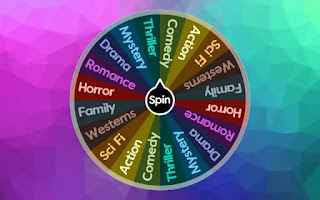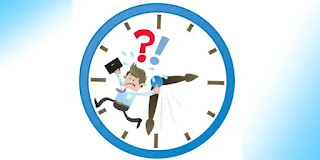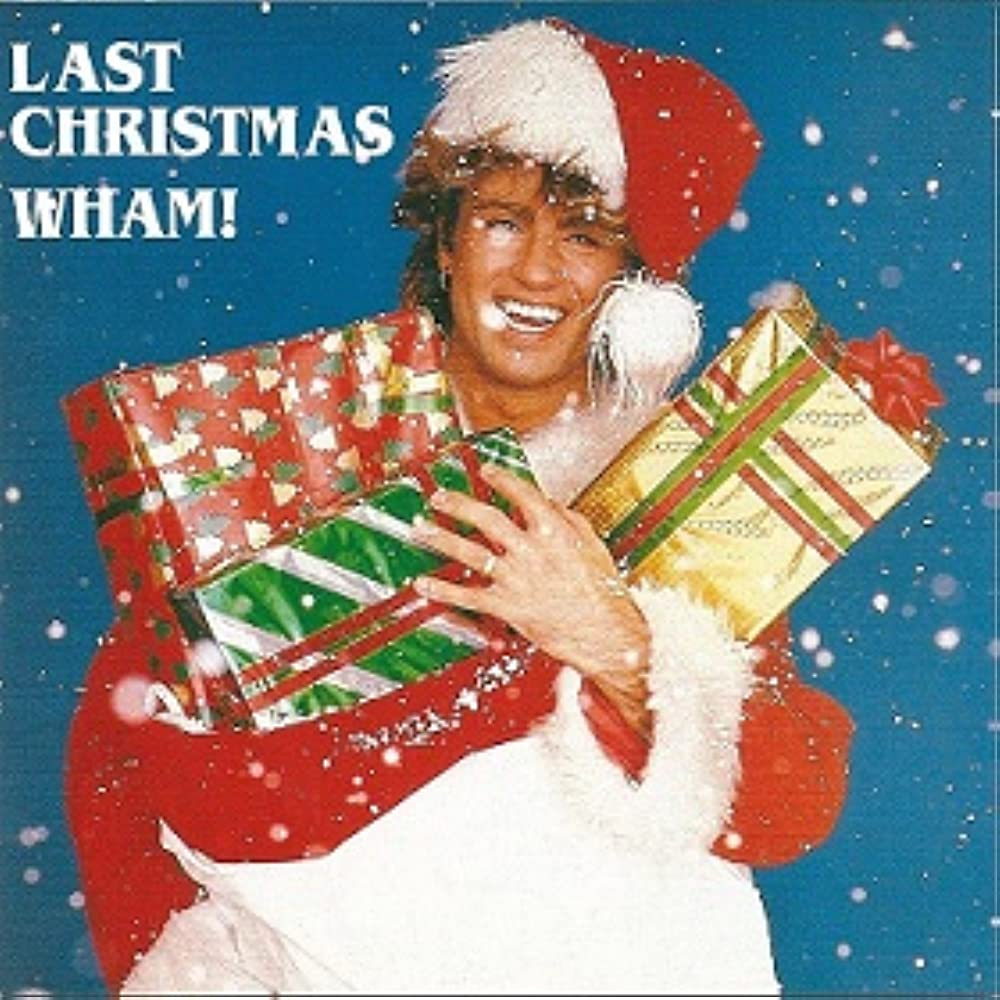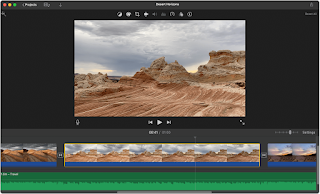Genre Resarch: Comedy, Thriller, horror
Common camera angles in the thriller genre (CAMS):
- Close-up shots to capture emotions
- Low-angle shots to show power
- Point-of-view shots to put the audience in the character's shoes
- High-angle shots to create a sense of danger
- Dutch angles to create a sense of unease
Common Mis-En-Scene in the thriller genre (CLAMPS):
- Dark, moody lighting to create an ominous atmosphere.
- Claustrophobic locations to bring a sense of entrapment
- Props and set dressing that show violence, danger, or suspense, such as knives, guns, or ropes
- Shadows and darkness to create a feeling of uncertainty and fear
Common Editing in the thriller genre:
- Quick cuts and jump cuts to create tension
- Cross-cutting to show simultaneous action in different locations.
- Pacing that builds suspense, with longer takes or slower cuts during moments of tension.
Common sound in the thriller genre:
- Use of ambient sounds to create a feeling of uneasiness
- Dissonant or atonal music to create a dangerous mood
- Sound effects that bring the idea of stress or danger to the audience, such as creaking floorboards
- Use of sudden, loud noises to create jump scares or startle the audience.
Example films of thriller genre:
- Bird Box
- Smile
- The Black Phone
What elements of the genre that you like?
In the thriller genre, I like that it keeps you on your toes the whole time waiting to find out what happens next. I feel like you cannot get bored watching a thriller movie, due to the fact that there are a lot of different plot twists. A lot of excitement can come from this genre since it has unpredictable scenes coming your way.
What elements of the genre do not appeal to you?
This genre can be very intense and can cause stress sometimes with certain parts in the movie. It also shows negative behaviors sometimes such as killings and jump scares making me feel uneasy.
Common Camera Angles in Comedy (CAMS):
· Close-ups on characters' facial expressions during punchlines or reactions
· Wide shots for physical comedy or to establish setting and context
· High angles for comedic effect, such as making characters look smaller or more vulnerable
Common Mis-En-Scene in Comedy (CLAMPS):
· Bright, vibrant colors and playful set designs
· Costumes that enhance characters' personalities or exaggerate their flaws
· Props and set pieces that can be used for physical comedy or visual gags
Common Editing in Comedy:
· Quick cuts or jump cuts during comedic action or dialogue
· Montages or fast-paced sequences to show characters learning or growing
· Use of match cuts or creative transitions for visual humor
Common Sound in Comedy:
· Use of sound effects for comedic effect, such as cartoonish boings or whistles
· Upbeat or silly music to enhance the tone or mood of a scene
· Creative use of sound editing for comedic timing, such as cutting off dialogue mid-sentence for a punchline
Example Films of the Comedy Genre:
· Wedding Crashers
· The Hangover
· The 40-Year-Old Virgin
I love the way comedy movies are often light-hearted and provide an escape from the stress of daily life. They aim to make people laugh and provide entertainment to the audience while making social commentary or critique using humor, satire, or parody.I dislike the way comedy movies lack diversity and inclusivity, with certain groups being underrepresented or portrayed in stereotypical ways. They can also fall into predictable tropes or rely on cliches. This can make the movie feel formulaic and unoriginal.
Common Camera Angles in Romantic Films:
· Close-up shots of characters' faces during intimate moments or emotional conversations
· Medium shots and medium close-ups during romantic scenes and dialogue
· Wide shots to establish a romantic setting or show characters in relation to their surroundings
Common Mis-En-Scene in Romantic Films:
· Soft lighting and warm colors to create a romantic atmosphere
· Use of natural settings such as parks, beaches, and cityscapes to create a romantic backdrop
· The use of romantic props such as candles, flowers, and romantic music
Common Editing in Romantic Films:
· Use of slow motion to emphasize key romantic moments
· Quick cuts during action scenes or emotional moments to increase tension
Common Sound in Romantic Films:
· Romantic music or a love theme to set the mood and enhance emotional scenes
· Use of sound effects such as heartbeats or breathing to emphasize romantic tension or physical intimacy
· Dialogue is often clear and focused on the romantic conversations between characters
Example Films of Romantic Genre:
· The Notebook
· A Walk to Remember
· Titanic
I love the raw emotion shown in romantic films. The emotion of love and feeling that is not really displayed in any other source of media. One element of romance films I dislike is the cliche endings in a lot of the films. Sometimes however a romantic film can touch upon subjects that are tear jerking. For example in the film fault in our stars the film touches upon terminal illness along with a love story that just creates a mood of such scarcity and makes you truly appreciate love in the finite amount of time we have on this earth. Which is why when romantic films are done right, they can invoke feelings deeper than love.




Comments
Post a Comment